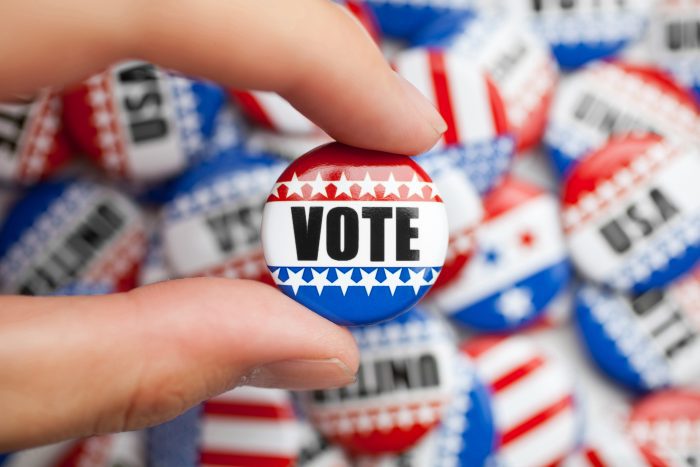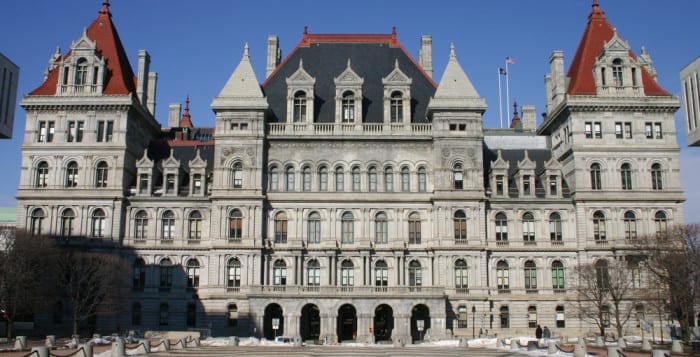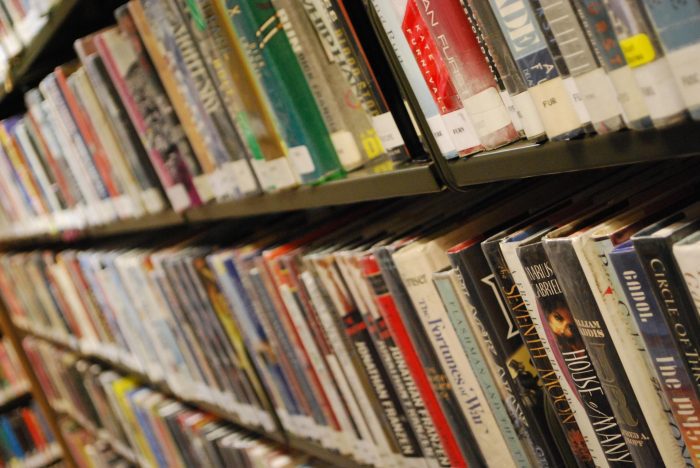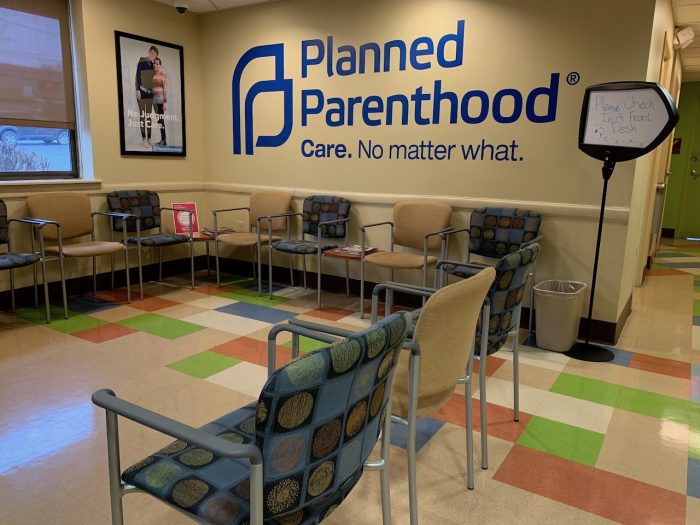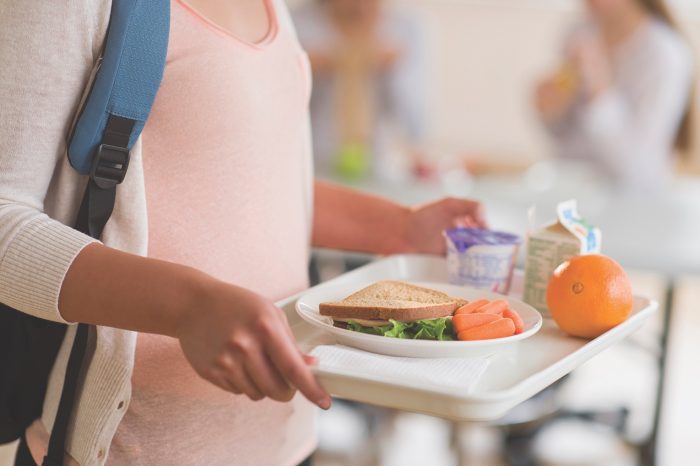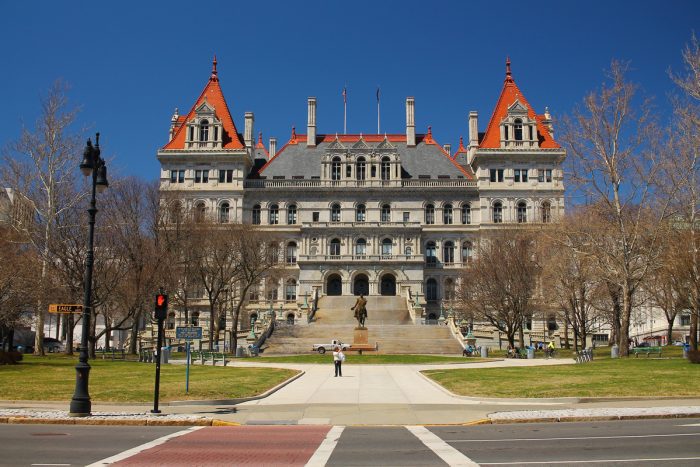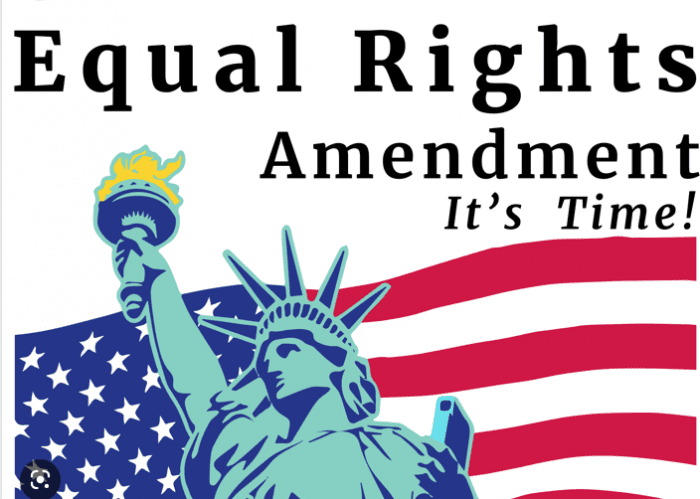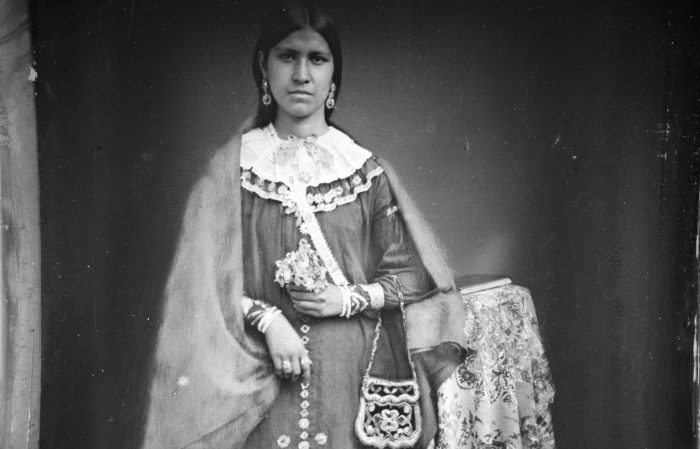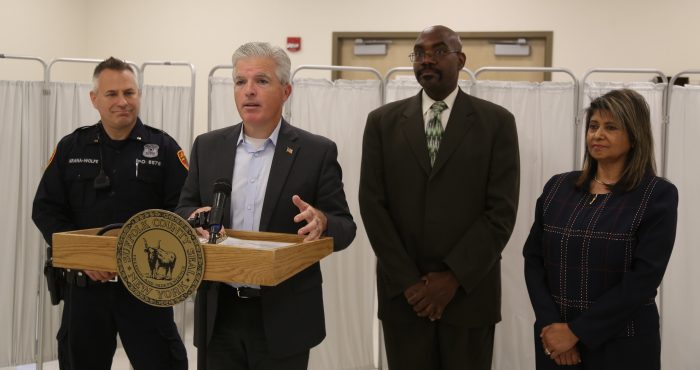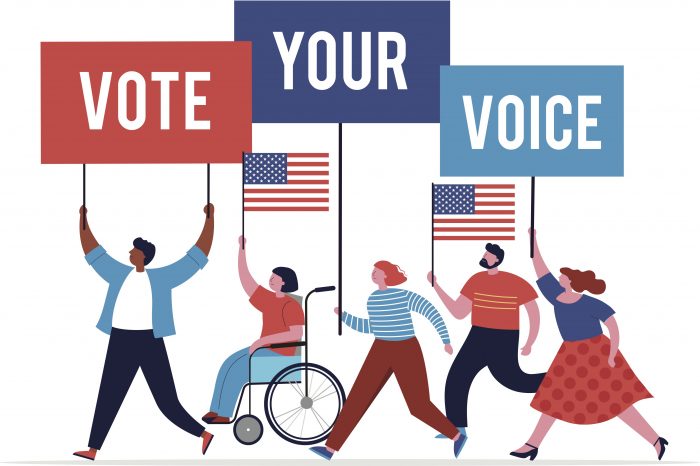By Nancy Marr
Have you ever thought about the ways that our country might change if everybody voted? If all the citizens, young and old, could register their opinions by going to the polls? Where could we start to make that happen?
It has been estimated that by February 2024 a total of 91,089 New York State teens have pre-registered to vote, an increase of 11.4% since February 2023. The Civics Center (www.thecivicscenter.org) pointed out that represents fewer than 20% of the state’s age-eligible teens (New York State allows teens to pre-register at 16, although they do not vote until they are 18).
We commend NYS Senator Shelley Mayer from White Plains for writing legislation, New York State Election Law 5-507, signed by Governor Hochul, requiring NYS high schools and boards of education to adopt policies and procedures by July 1, 2024, to promote student registration. Schools are asked to provide registration access, information and assistance during the school year.
In school districts in New York State, students may work to earn a Seal of Civic Readiness. They learn how to identify and address problems in their community or school and earn at least two points in Civic Knowledge and two points in Civic Participation. Students may also earn points by completing a middle school Capstone project or a high school Capstone project.
What other methods have high schools and colleges found to be successful in increasing voter registration? In many schools a Civics Day in high schools and middle schools highlights the importance of voting and preparing to vote. In many schools, social studies teachers plan their curriculum around the importance of voting, and offer opportunities to register in school. Many college students arrive at their school already registered.
But for many students, voting is too abstract. They are more likely to register if they see evidence that their vote might address a problem that they know of. Generation Citizen, a nonprofit organization that works with schools, has been successful in leading student efforts to pinpoint problems in their school or community and find ways to correct them. The students research the source of the problem, and possible solutions, sharing their findings with the student body and faculty. Most often they learn which public officials could help them, and how to reach them.
They learn that they can contribute to a better environment for their school or community through their study and actions, and show other students that they can make a difference. The students in the Patchogue-Medford High School were successful in adding sidewalks in front of their high school.
Most important, perhaps, are efforts to involve young people in speaking up about issues that affect the residents in their community. For instance, a Youth Advisory Board was formed in Islip in 2022 to address the pressing issue of youth disengagement in Brentwood, Central Islip, and North Bay Shore.
Led by the board of their peers, they have held Youth Town Halls to address the issues of climate change and climate justice, and advocated for a local skate board park. Recently, knowing that many college students from families with low incomes rely on the New York State TAP (Tuition Assistance Program), they led, and won, a campaign to raise the TAP stipends each year.
Gathering support from other students by working through social media, they made contact with NYS Assemblymembers Phil Ramos and Patricia Fahy and NYS Senator Monica Martinez, convincing the state legislators to raise the family eligibility level for TAP from $80,000 to $125,000 and the amount of the awards to at least $1000. In May, the Youth Advisory Board partnered with the NYS Higher Education Services Corporation to present information on the TAP program at a Youth Town Hall meeting at Brentwood High School.
In each of our communities we need to reach out to the members of the Board of Education to remind them that we support more civic education in our schools, especially the New York State recommendation that schools find ways to encourage and provide registration opportunities for eligible students.
Nancy Marr is Vice-President of the League of Women Voters of Suffolk County. For more information, call 631-862-6860.

